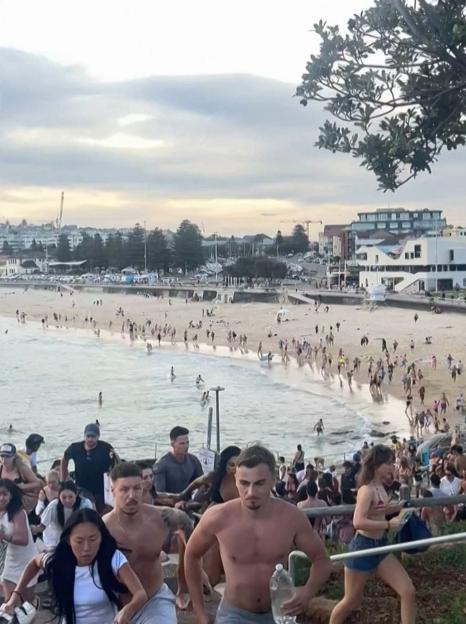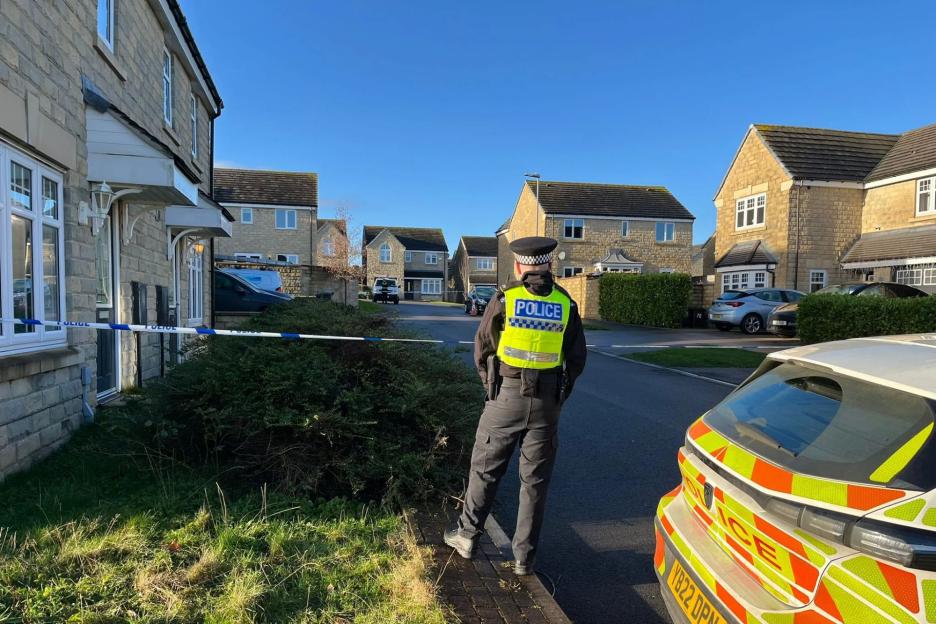THE captain of the tragic Air India flight stayed calm as he deliberately cut off fuel to both engines seconds after takeoff, US officials said.
Captain Sumeet Sabharwal â the 56-year-old veteran at the controls of â flipped the aircraft’s fuel control switches to “cut-off”; just moments after liftoff from Ahmedabad on July 13.
 Captain Sumeet Sabharwal was the lead pilot in the doomed Air India flight
Captain Sumeet Sabharwal was the lead pilot in the doomed Air India flight A cockpit view of a Boeing 787 Dreamliner aircraft shows the fuel switch; Annotations by The Sun Graphics
A cockpit view of a Boeing 787 Dreamliner aircraft shows the fuel switch; Annotations by The Sun Graphics An image showing how the fuel cut off switches have to be deliberately ‘unlocked’ before being moved
An image showing how the fuel cut off switches have to be deliberately ‘unlocked’ before being movedUS experts told the Wall Street Journal how a black box recording revealed a tense exchange in the cockpit.
First Officer Clive Kunder reportedly asked: “Why did you cut off?”;
The captain then replied: “I didn’t.”;
Sabharwal, eerily, stayed calm as the aircraft plunged.
The in a catastrophic crash that killed 260 people.
Only one person on board .
The voice recorder captured the cockpit drama, but the actions that sealed the plane’s fate
Now, new details from the US probe are zeroing in on Sabharwal.
Sources familiar with the American investigation said it was he who reached for the fuel control switches after the Dreamliner had just climbed off the runway.
The co-pilot, stunned, asked why. Then he panicked. Sabharwal stayed composed.
US officials familiar with the evidence told the WSJ the switches were moved to the “cutoff”; position in quick succession â one second apart.
Ten seconds later, they were flipped back on. But by then, both engines had already flamed out and crash was imminent.
A calm captain & panicked co-pilot
Kunder was flying the aircraft, and his hands were on the controls.
Sabharwal, as the monitoring pilot, would likely have had his hands free.
That’s a key distinction, US pilots and safety experts say, and one that points toward who had the opportunity to touch the guarded fuel switches.
from India’s Aircraft Accident Investigation Bureau (AAIB) acknowledged the switches were flipped but didn’t say by whom â or whether it was deliberate.
But people familiar with the cockpit recordings and US officials’ review say the black box strongly suggests it was Sabharwal who moved them.
Ben Berman, a former senior NTSB official, told the WSJ: “There was nothing to prompt the crew to perform emergency procedures, become stressed, or do anything except rotate the nose up and retract the landing gear, like they had done so many times before.”;
 The plane seconds before disaster
The plane seconds before disaster Tail of the doomed Air India flight
Tail of the doomed Air India flight Clive Kunder was the co-pilot on the doomed flight
Clive Kunder was the co-pilot on the doomed flight‘Human hand’ behind the error
Captain Steve Scheibner, an aviation expert and seasoned pilot, believes the deadly Air India crash may have been the result of a human act inside the cockpit.
He suggested of flight AI 171 â and insisted the
He told Piers Morgan Uncensored: “I really firmly believe that there had to be a human hand on both of those for them to go to cut off.”;
The switches â guarded and located between the pilots â require deliberate action to move. Accidental flicking is virtually impossible.
Key findings of the report:
- Dual engine shutdownâ fuel cutoff switches moved from ‘RUN’ to ‘CUTOFF’
- Confusion between pilotsâ cockpit audio confirms one pilot asked ‘why did you cutoff’, the other replied ‘I didn’t’
- RAT deployedâ as seen in CCTV footage before the crash
- Engine relight attemptedâ fuel switches were found returned to the “RUN”; at crash site
- 32 seconds âthe time theaircraft was airborne before it crashed
- Thrust levers mismatchâ Thrust levers found at idle but black box data shows takeoff thrust was still engaged
- Fuel test passâ fuel was clean without any contamination
- Normal take-off set-upâ Flaps and landing gear correctly configured
- No bird activityâ clear skies, good visibility, light winds
- Pilot credentials clearâ both medically fit and rested
- No sabotage detectedâ although FAA alerted over a known fuel switch vulnerability not checked by Air India
- Aircraft loading âthe flight was within weight and balance limits
Scheibner said the offs of a dual engine flameout on a Boeing 787 seconds after takeoff were “two and a half billion to one”;.
“Everything just seems unbelievable,”; he added.
“When you place both fuel cutoff switches to cut off, that will fuel-starve the engines and they’ll both flame out.
“There is no universe where there’s any procedure ever in the history of commercial flight where you place both fuel control switches to cut off, leave them there for 10 seconds, right after rotate.”;
Former pilot “That implies that somebody did that as a conscious human action... They have a lock mechanism.
“I can’t see why any pilot would have their hands anywhere near the area where these switches are located.”;
Who was Sumeet Sabharwal?
Captain Sumeet Sabharwal was no novice.
With over 15,000 flying hours â more than 8,000 on the Dreamliner â he had long been considered steady and reliable.
Friends described him as soft-spoken, precise, even minimalist.
“He was a very reserved guy right from the beginning,”; said fellow pilot Kapil Kohal.
Known as “Sad Sack”; in flight school for his solemn demeanor, Sabharwal lived simply.
Two shirts, two shoes, one bag.
“He was a middle-class boy looking at the sky and saying, ‘I want to be there,’”; Kohal said.
But in recent years, Sabharwal had faced personal struggles.
He was reportedly just
Some aviation sources told The Telegraph he had taken time off in past years for mental health issues.
Though he passed a Class I medical exam in September 2024, investigators are now combing through his records.
 Captain Steve Scheibner believes the Air India crash may have been a result of a human act inside the cockpit, not an accident
Captain Steve Scheibner believes the Air India crash may have been a result of a human act inside the cockpit, not an accident Landing gear of the Air India plane crashed directly on the BJ Medical College UG hostel mess
Landing gear of the Air India plane crashed directly on the BJ Medical College UG hostel mess The Boeing 787 Dreamliner plummeted into a doctors’ hostel
The Boeing 787 Dreamliner plummeted into a doctors’ hostelInvestigation intensifies
US officials believe the crash may warrant a criminal investigation â something that would be automatic if the tragedy had happened on American soil.
In similar cases, the FBI would be brought in to assess whether a deliberate act had occurred.
Jennifer Homendy, chair of the US National Transportation Safety Board (NTSB), has been fully briefed on the cockpit recordings and flight data, and is pushing for clarity.
Her priority, she said, is “to quickly determine whether the crash presented any immediate safety concerns to the travelling public.”;
So far, Boeing, GE Aerospace, and the FAA have issued no warnings or directives following the crash.
The There were no bird strikes. No fuel contamination. No maintenance faults. No mechanical defects.
Air India’s CEO Campbell Wilson has urged staff not to jump to conclusions.
“The preliminary report identified no cause nor made any recommendations,”; he said.
“It provided both greater clarity and opened additional questions.”;
Indian authorities, meanwhile, have declined to comment on the American reports.
A Ministry of Civil Aviation press officer dismissed the Wall Street Journal’s reporting as “one-sided.”;







